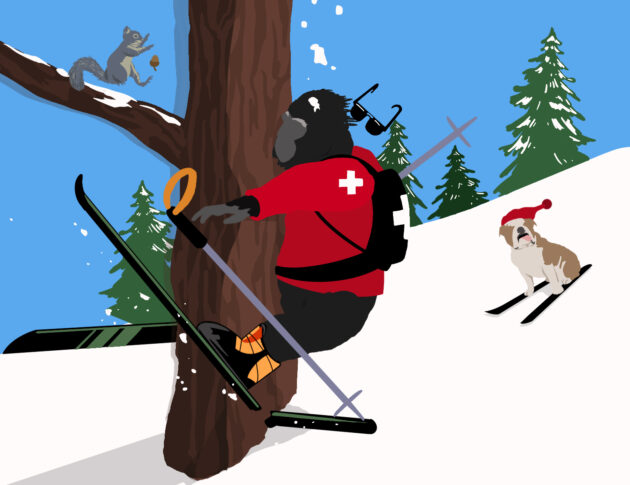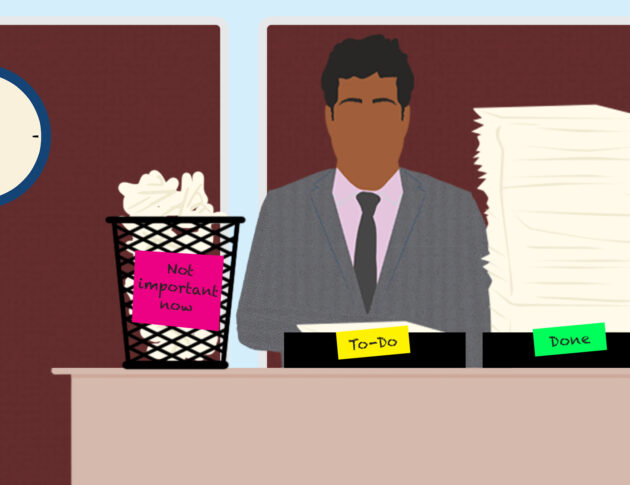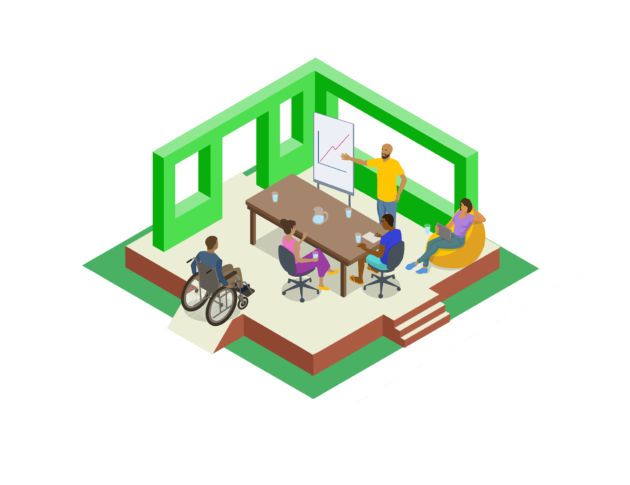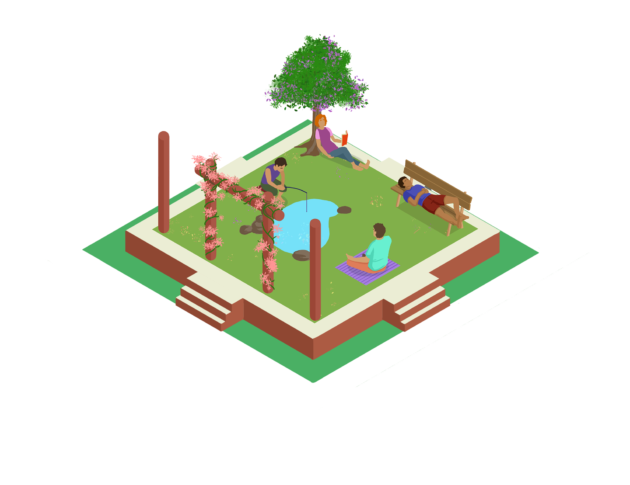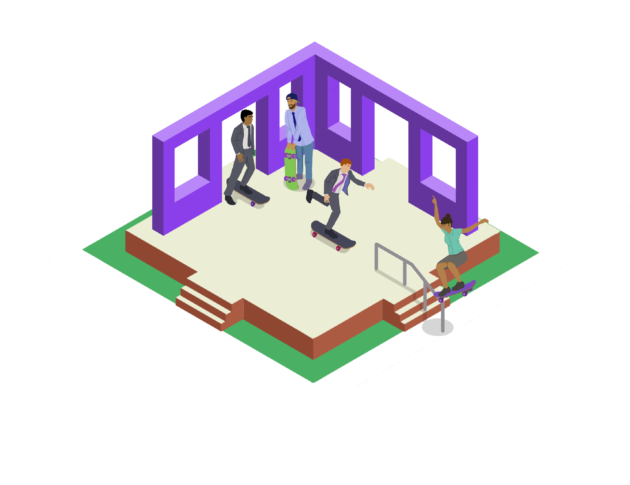25 January 2022 / Share
Resilience by Design Chapter 7: Signals
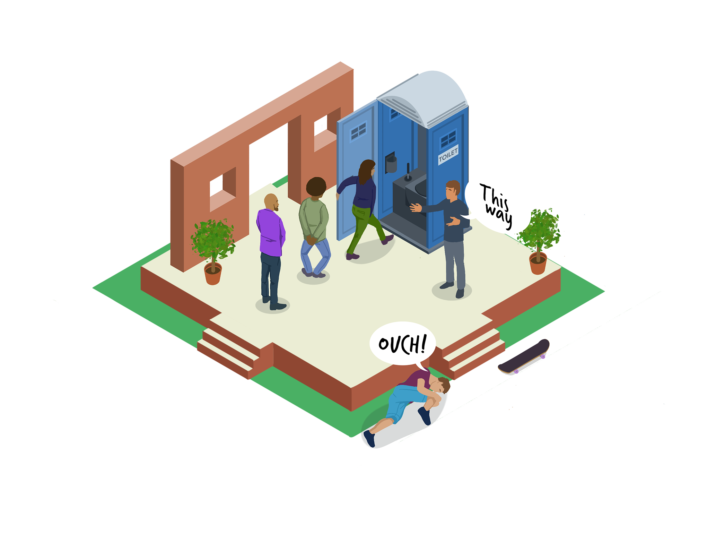
Who lives and who dies in the Death Zone?
Climbing Everest is a common metaphor for an almost impossibly difficult task, and for good reason. We explore this further in Resilience by Design through the use of what we call “The Everest Pattern”. It was fitting, then, to talk to someone who has climbed the mountain, Tim Macartney-Snape AM.
On 3 October 1984 Macartney-Snape and Greg Mortimer were the first Australians to reach the summit of Mount Everest. He is also the co-founder of the Sea to Summit, an adventure gear company.
I love being in the mountains. I just love the environment. The aesthetic appeal is enormous. At the same time, it’s an unstable place to be. As you go higher, as the terrain gets more vertical, it gets more unstable and there’s more chance of you falling, or it falling on you. So I’ve always had a strong sense of what could happen.
We need a certain amount of good fortune in adventurous situations and when you get a lucky break, you’ve got to make the most of it. You’ve also got to be aware of the risk and be prepared to retreat. I think I’ve naturally tried to understand where I am in the context of what I’m doing. In the mountains the main context is survival.
Just like many other adventurers, the risk does not repel Macartney-Snape, rather, it becomes a part of what draws him back. Being attuned to his response to that risk is critical:
I’ve backed off many, many times because I sensed that the situation just wasn’t right. There’s a feeling, a signal, that gut instinct, whatever you want to call it.
It’s been described before, there’s a phenomenon, especially when you get exhausted you feel your brain is splitting in two. It feels like there’s another presence and it’s not quite connected to you. That presence feels like it’s a wiser you, or a guardian. I’ve thought a lot about it, and I reckon that it’s your subconscious being allowed out because the conscious part of your brain is compromised by the lack of oxygen.
Our unconscious works in overdrive when the context you are in becomes about pure survival.
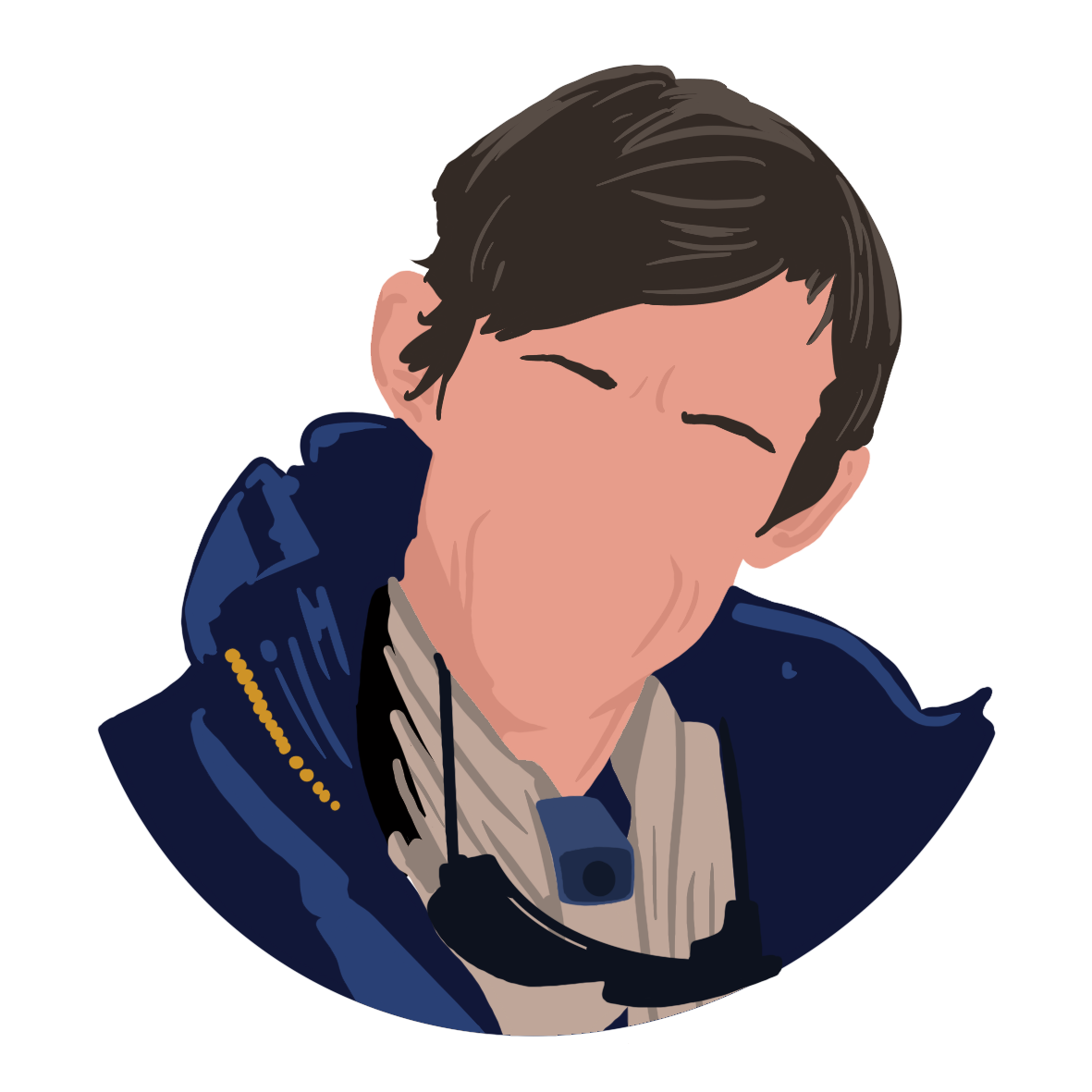
You’re starting to shut down. The brain shuts down and you can feel your thoughts become slippery. At altitude, you start to lose the ability to direct your thinking. It goes all over the place, your mind starts drifting. You have to actually work consciously to reign it in.
That other presence, though, is sort of watching over you. It’s not directly saying, do this, do that, but it’s sort of nudging you, subtly making suggestions about what you ought to be doing and not doing. The conscious brain is the one with the awareness that I’m here to get to the summit, and then another part of you is going well, that’s all well and good but, what about the weather? What about that snow slope? What about your partner?
I’ve climbed with people that are very good technically. They are great at breaking things down, or fixing a machine, but they’re hopeless for actually getting a feel for a mountain or the outdoors. It’s important to have empathy with your environment, tapping into what’s really going on. All the senses come alive when that happens. It’s like I know I’m in a soon to be dangerous thunderstorm situation, because I can smell and taste it.
There is any number of people who might tell a similar story, with different content that matches their work environment. Technical mastery is important, and it’s not the only key ingredient when it comes to transitioning from “surviving” to “thriving”.
Last season when I was guiding in Nepal, I had a bad feeling about the weather just before the summit. Some people were keen to keep going, but we turned back and were lucky to make it to the low ground before a two-day blizzard hit that wasn’t forecast. That would have made it extremely difficult to descend safely.
What sort of metaphorical “blizzard” do you have to be attuned to in your life?


